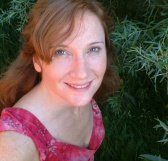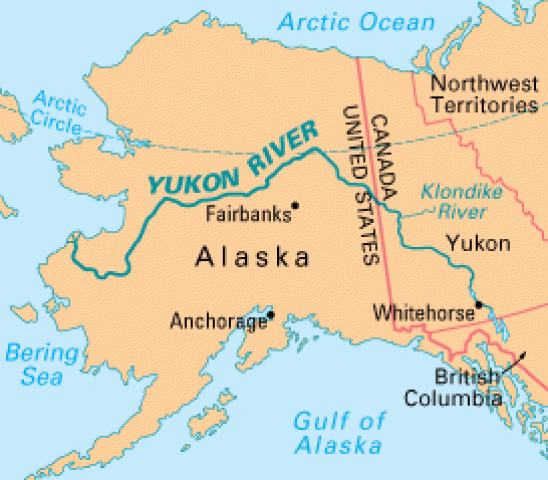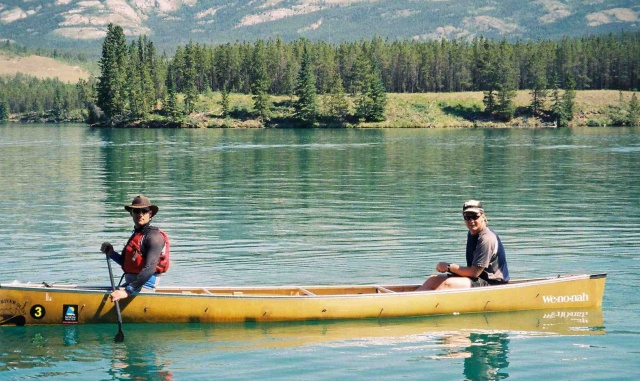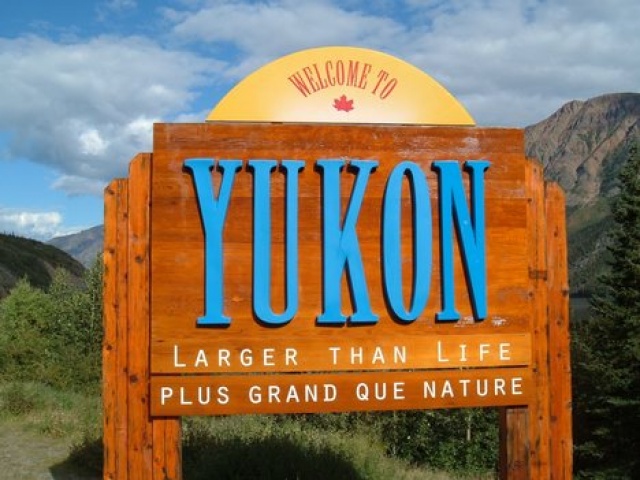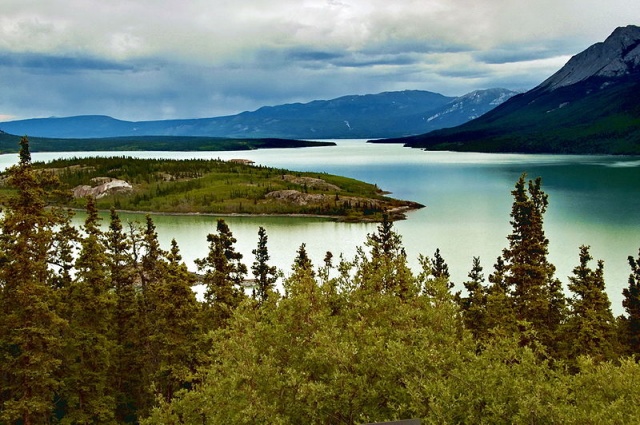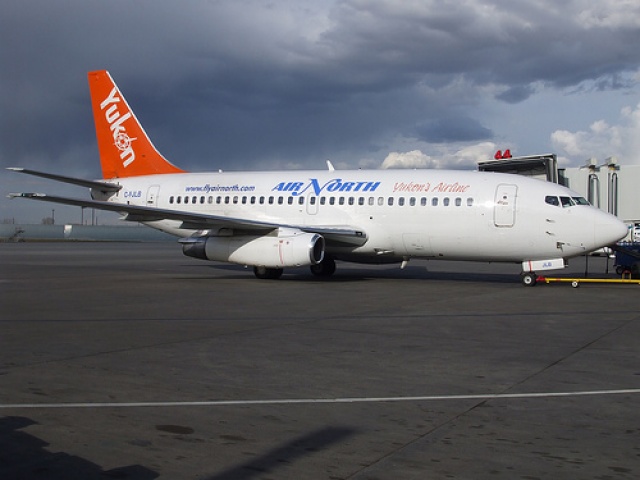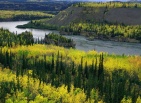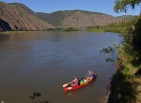Yukon River :
Great River Journey
A Canoe Trip down the mighty Yukon River.
|
| Share |
Few places in the world exist where there were once many people and now there are none. All along the Yukon River are the rotting and rusting relics of a population long since disappeared. In the gold rush to the Klondike thousands used the river like a highway leading into the far reaches of northwest Canada and Alaska. Twenty thousand dreamers floated north in 1898 and few returned rich with gold. Some, in their dangerous pursuit in looking for it, didn’t return at all. The Yukon is a museum the length of a river, a land of artifacts—rusting tin cans, crumbling cabins, old roads barely visible, rotting carcasses of dredges and steamboats, gravestones, crosses, abandoned villages and ruined roadhouses. Paraphernalia of the past is strewn along the river like an antique collector’s dream. The land seems untouched at first, looking as it must have hundreds of years ago with the forest rolling endlessly back from the riverbank. But once you step into the forest, rusty cooking pots crumble beneath your feet, releasing untold tales of a gold seeker’s life.
THRUST MAGICALLY BACK IN TIME
Our canoe trip down the Yukon River began in Whitehorse in the cold rain of a foggy afternoon. Rain continued to beat down on my friend Kevin and me for three days until we emerged, soggy and bedraggled, at the north end of Lake Labage. Where the river resumes after the lake, purple shadowed cliffs begin to close in on you, the water cutting into the land like a deep thirst. I’d never seen so many sheer unspoiled miles of pure untamed wilderness, almost frightful in its isolation. Mountain goats and moose drank from the river, ignoring us entirely. Above us, bald and golden eagles soared. The water was crystal clean green and the mountains that rose straight up beside us were out of a painting, reflected in the river at our paddle. We had been thrust magically back in time. All around us was magnificence and we were paddling into it.
We weren’t the only canoeists on the river. About a dozen people were paddling along the same route at the same time. We all had our own pace and stopped at different times, but two or three times a day, we’d come across the same people, especially at campsites which were usually abandoned miners’ camps or old Indian sites. We got to know our fellow river people, even fairly well sometimes, all of us part of a friendly assemblage of people of different ages, different countries and lifestyles but all encountering the same scenery, the same rain, sunshine and wildlife, and all with the same whimsical compulsion to paddle the Yukon River.
INTERNATIONAL PADDLING FLOTILLA
Even though we were in Canada, we were among the few Canadians on the river. Most of the other canoeists were German, Swiss or American. Every day we’d pass the same spiky-hair Germans, two guys with leather jackets, tattoos, and lots of metal bits protruding from their flesh. They were usually fishing, which seemed incongruous. Another pair of Germans we saw just once because they were hell-bent on making it to Dawson City as fast as possible. Since it was 24 hour daylight, they refused to waste light and were paddling around the clock. The six women from Florida we came across at least three times a day. They were in their early fifties, on a college reunion, and this was their first canoe trip. Every time we came across them they were laughing at a minor catastrophe they were either entering or escaping, and always the one named Marge was the butt of their jokes since she insisted on applying make-up and styling her hair. “Mr. Right could be out here, honey, any time, around the corner,” she told me. “You just don’t know!”
IS IT 7 A.M. OR 7 P.M. ?
The Albertan Brothers was the name we gave to two bald, not terribly bright twins from Alberta, each with his own canoe equipped with a small outboard motor. Often the Albertan Brothers would come ashore at a campsite for the “night” and cook dinner just as Kevin and I would be eating breakfast and preparing to set off for the “day”. The 24 hour daylight was confusing. We’d wake not knowing if it was 7 a.m. or 7 p.m. As time passed, I kept waiting for it to get dark. I felt as if I was missing something essential as each day continued on into the next without the familiar dream time to replenish what the day took away. The Albertan Brothers would never fail to ask us what time it was whenever we saw them. We never did know the time and I ....




